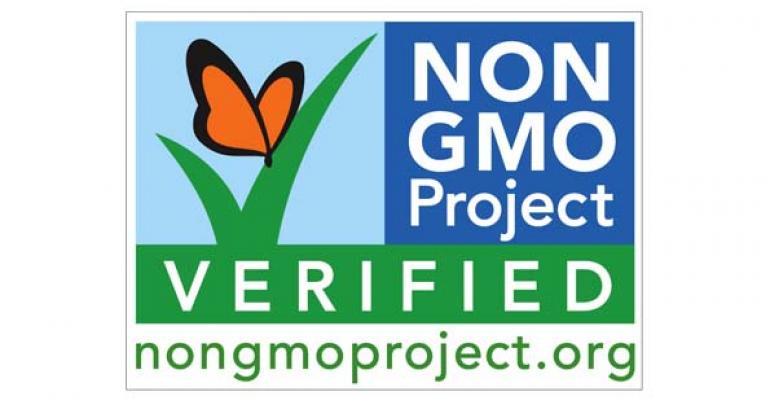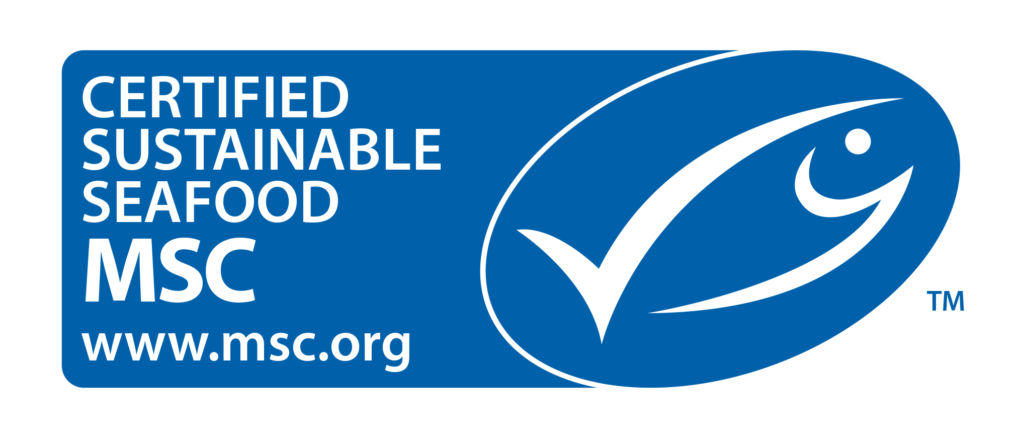Although food companies are seldom required to give specific details about their products, there has been a growing concern about food safety, sourcing, ingredients, and how food is produced. To meet consumer demand, environmental and ethical labels are increasingly appearing on food products, so consumers are faced with an overwhelming number of choices.
We do live in a society that loves choices and manufacturers and consumers alike are faced with an array of unclear labels to choose from–there are currently over 450 ecolabels to choose from, with more added each year. While some food labels have legal implications, others only give limited information. In other words, how can you decipher between what has a legitimate meaning and what is pure marketing?
What label matters most to you?
Understanding food labels can be confusing these days, and breaking these labels down can be extremely useful to consumers when making food choices that match their beliefs, lifestyle choices, and health concerns. Consequently, when researching labels, you may ask yourself which sustainability aspect of food production do you prioritize most: environmental, ethical, both? For example, are you more concerned by animal welfare, if products are locally grown, if the animals are raised with the use of antibiotic and hormones, or all of the above? It is your right to be a better informed consumer by knowing what current labeling practices really mean and how they impact your life and the lives of others. Despite the multiplication of “green products”, “organic”, and labels in general, it is still difficult to understand the impact on the planet of the products we purchase on a daily basis.
Below, we explain 10 of the most common ecolabels andratings systems.
How much do labels really tell you?
USDA Organic

You’re probably familiar with the label USDA Organic–the only government certification from the U.S. Department of Agriculture. USDA or Certified Organic is a very reliable seal in terms of upholding specific government guidelines. Organic agriculture is essentially concerned with promoting ecological balance, ethical practices, and preserving biodiversity. According to the U.S. Department of Agriculture, organic farming practices preserve the environment, avoid pesticides/antibiotics, and do not use genetically modified seeds. Among other requirements, organic farmers are subject to annual inspections, and for a product to be certified organic they have to meet the following requirements:
- Must contain at least 95% organic ingredients
- Must contain a list stating what is organic, as well as the non-organic, ingredients
- Non-organic ingredients must be from an approved list
- Organic crops cannot be grown with chemical additives, synthetics, pesticides, or genetically engineered ingredients
- Animals must be fed an all-organic diet (without animal byproducts) and can’t be treated with synthetic hormones or antibiotics
- Animals must have access to the outdoors, and animals like cows must have access to pasture
- Animals cannot be cloned
- Food cannot be irradiated
Non-GMO Project

The Non-GMO Project is a non-profit organization and established market leader for GMO avoidance. The Non-GMO Project offers a comprehensive third-party verification system for non-GMO food and products to participating retailers. Many of the processed foods available at the grocery store contain genetically engineered ingredients. Not to be confused with traditional breeding, the term “genetic modification” refers to a man-made process of taking genetic material from one species and injecting it into another organism using a special device, bacteria, or viruses. Basically, GMOs are crops that have been altered at the genetic level. The organization supports organic agriculture, access to non-GMO choices, and a healthy food supply chain for the future.
Fair-Trade Certified

This label offers consumers a guarantee that they are purchasing products produced in a developing country were cultivators worked in decent conditions and received a fair compensation for their harvest. For instance, a minimum price per pound must be paid to farmers. If market prices drop, Fair-trade Certified farmers are still guaranteed that minimum rate. Growers also receive incentives for promoting community-development. Emphasis here is on “certified” Fair Trade because, without a label from a recognized organization such as Fairtrade International or Fair Trade USA, you may not be getting what you pay for.
MSC Marine Stewardship Council

The Marine Stewardship Council is the result of a team effort to protect the oceans and their resources for future generations, thus encouraging a more sustainable seafood market. MCS recognises and rewards sustainable fishing practices so buyers can trace their seafood back to a sustainable source. The blue MSC label tells you that your fish was caught by a responsible fishery in a sustainable manner. If not wild-caught, fish and seafood at least come from fisheries certified by the MSC standard.
Sustainable Farming

Sustainable farming relies on techniques that promote environmental preservation, public health, animal welfare, and protects biodiversity for future generations. Sustainable farmers forgo chemicals in favor of more natural methods such as compost, as opposed to conventional farmers who rely heavily on pesticides and synthetic fertilizers. Sustainability also applies to the seafood industry. Sustainable fisheries’ goal is to help rebuild depleted fish stocks and reduce the impact of industrial fishing and fish farming on the environment and on communities.
Certified Humane Raised and Handled

Humane Farm Animal Care (HFAC) is a leading non-profit organization devoted to improving the quality of life of farm animals. The Certified Humane Raised and Handled® label assures that animals come from facilities that follow responsible and specific guidelines for the treatment of farm animals. The label now officially encompasses “Free Range” and “Pasture-Raised” under the same seal of approval.
Free Range

Free Range is a term that exclusively applies to chickens, and the label only indicates that the birds have access to the outdoors for an undetermined period of time on a daily basis. There are no government regulations so it doesn’t say anything about the animals’ health, confinement, diet, etc. (unless it falls under the Humane Farm Animal Care (HFAC)’s Certified Humane program). Under the Free Range certification, the requirement is 2 square feet per bird. The hens must be outdoors–weather permitting (in some areas of the country it’s seasonal)–and when they are outdoors they must be outdoors for at least 6 hours per day.
Pasture-Raised

“Pasture-raised” means that animals spend at least some time outdoors feeding on grass or foraging, fields are rotated consistently, and the animals have access to shelter for protection. The USDA has not developed any legal definition and, although this practice usually applies to smaller-scale farms, it doesn’t tell you how much time the animal is actually allowed to spend on pasture unless the products are also Humane Farm Animal Care (HFAC)’s Certified Humane.
Cage-Free Eggs

The term “Cage-free” only indicates that birds are raised without cages, but it does not describe any other living conditions. For instance, it doesn’t guarantee that birds can roam around outdoors, and it could actually mean that they live in overcrowded spaces without direct access to pasture. Consequently, “Cage-free” is one of those vague labels with a marketing edge.
Grass-Fed

As stated by the USDA, the “Grass-Fed” label for meat indicates that an animal’s primary source of food comes exclusively from grass or forage, and the animal is not fed grains such as corn. Despite the fact that animals have continuous access to pasture during growing season, during the off-season the animals may be kept indoors and fed harvested grass or forage. A relatively new label, the Certified American Grassfed Standard for dairy products is concerned with animal welfare, diet, and confinement, as well as sustainability. Aside from this certification, the term “Grass-Fed” alone doesn’t say much about the animals’ living conditions or if hormones/antibiotics were administered. To guarantee that animals are never treated with antibiotics or hormones, products must also be approved by the American Grassfed Association (AGA).
